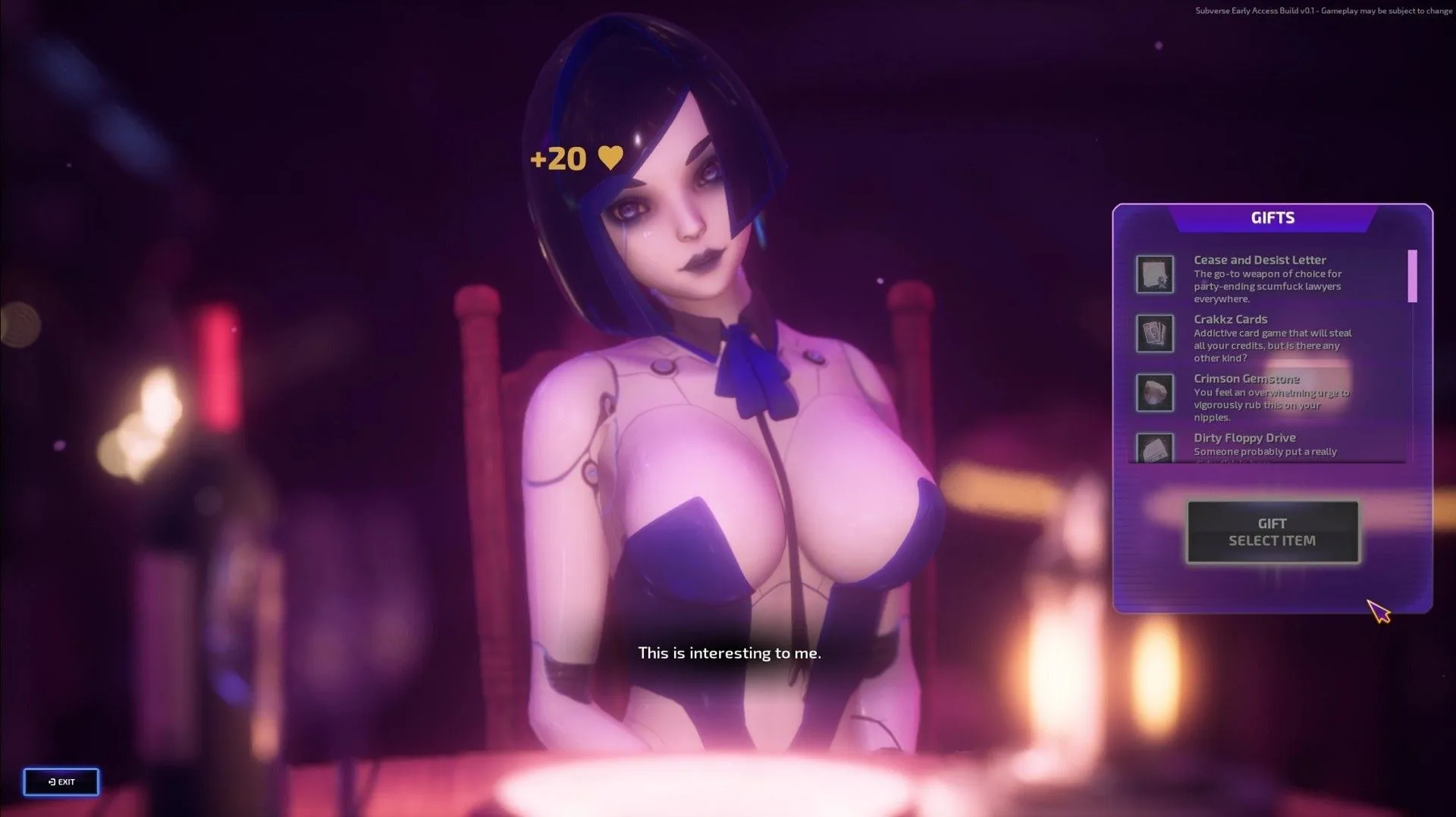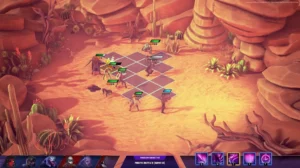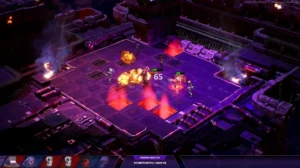
Subverse review
How a Kickstarter Sensation Redefined NSFW Game Design
When Studio FOW launched Subverse’s record-breaking Kickstarter in 2019, they promised to revolutionize adult gaming. Five years later, this genre-blending space epic combines tactical RPG combat with unprecedented customization of intimate encounters. We explore how Subverse balances explicit content with genuine gameplay depth, examining its controversial design choices through 40+ hours of hands-on experience.
From Concept to Controversy: Subverse’s Development Saga
The $2.3M Kickstarter That Changed Adult Gaming
Picture this: a ragtag studio known for adult animations suddenly decides to make a game. Not just any game—a sci-fi RPG with tactical combat, alien romance, and enough NSFW content to make a pirate blush. 🚀 That’s exactly what FOW Interactive did with Subverse—and their Kickstarter campaign blew up faster than a plasma grenade in zero-G.
When Subverse hit Kickstarter in March 2019, it smashed its £100,000 goal in under two hours. By the campaign’s end, over 46,000 backers had pledged $2.3 million—making it one of the most-funded adult games in history. 💥 Fans weren’t just buying a game; they were funding a rebellion against stale, cookie-cutter NSFW content. As one backer put it: “This isn’t just porn with pixels—it’s a universe that respects my wallet AND my… uh… imagination.”
But here’s the kicker: FOW Interactive had never made a game before. Their resume? Award-winning adult films like Battle for Booty. Transitioning from animation to game dev was like swapping a spatula for a chainsaw—possible, but messy. 🪓 Yet, they leaned into their strengths: storytelling, character design, and understanding what audiences actually wanted. Their secret sauce? Treating the adult gaming niche as a legitimate genre, not a guilty pleasure.
“We didn’t want to make ‘just another adult game,’” lead designer Studio FOW shared in a 2020 interview. “Subverse had to be a game first, with the NSFW elements woven into its DNA.”
The Subverse Kickstarter success proved something radical: players would throw money at ambitious, unapologetic projects—if they felt heard. Backers got voting rights on features, from ship designs to romance arcs, turning the campaign into a collaborative fever dream. 🛸
Technical Challenges in Blending Genres
Let’s get real: building Subverse was like trying to mix oil, water, and glitter—in space. 🌌 FOW Interactive chose Unreal Engine 4 to handle their vision, but merging tactical combat, RPG dialogue trees, and adult content required more duct tape than anyone anticipated.
First hurdle: animation integration. Unlike their films, Subverse needed interactive scenes that adapted to player choices. Imagine coding a romance scene where every dialogue option branches into unique animations—without turning the game into a 200GB monstrosity. 😅 The team had to invent new compression tricks, balancing visual quality with performance.
Then there was the gameplay identity crisis. Early builds felt disjointed—strategy sections clashed with exploration, and combat lacked punch. Playtesters complained it was “like three games stapled together.” 🔧 The solution? Simplify. They axed overly complex systems, focusing on what worked: turn-based battles with a Mass Effect vibe and Firefly-style crew banter.
But the biggest headache? Optimization. Unreal Engine’s lighting and physics were overkill for Subverse’s 2D-heavy art style. One developer joked, “It’s like using a rocket launcher to open a soda can.” 🥤 They ended up customizing the engine, stripping unnecessary features to keep the game running smoothly on mid-tier PCs.
| Date | Milestone | Impact |
|---|---|---|
| March 2019 | Kickstarter Launch | $2.3M raised, 46k backers |
| September 2020 | Unreal Engine Overhaul | Improved combat & performance |
| March 2021 | Early Access Launch | Mixed reviews, v0.1 “barebones” |
| October 2022 | Major Content Update | Added Pandora system, 30% review boost |
Early Access Lessons and Community Evolution
Launching Subverse into Early Access in March 2021 was like throwing a house party and realizing you forgot the furniture. 🛋️ The initial build had solid combat and spicy scenes, but felt incomplete. Critics called it “a gorgeous skeleton”—beautiful, but missing meat. Players grumbled about bugs, repetitive missions, and romance options as shallow as a puddle. 💧
But here’s where FOW Interactive nailed it: they treated Early Access as a dialogue, not a dumpster fire. 🔥 They released bi-weekly dev diaries, owned up to mistakes, and let the community vote on fixes. When fans demanded deeper relationships with crewmates, they introduced the Pandora system—a roguelike mode where bonding with characters unlocked new scenes and perks.
The Early Access challenges forced tough calls:
– Scaling back scope: Cutting planned planets to polish existing ones
– Rewriting dialogue: Adding humor and lore to avoid “visual novel fatigue”
– Balancing NSFW/content: Making scenes optional for players there for the gameplay
By 2023, Subverse had transformed. Updates added ship customization, faction wars, and even a dating sim mini-game. 📈 The Steam rating climbed from “Mixed” to “Mostly Positive,” proving that listening to players pays off. As one fan tweeted: “They didn’t just fix the game—they turned it into a cult.”
So, what’s the takeaway? Subverse’s saga isn’t just about tits, tentacles, and spaceships (though those help). 🛸 It’s a masterclass in crowdfunding trust, genre-blending ambition, and turning a messy Early Access launch into a comeback story. For indie devs, the lesson’s clear: treat your players as co-pilots, not cash cows—and maybe avoid building a rocket ship on your first try. 🚀
Subverse proves adult games can offer substantive gameplay without compromising their NSFW identity. While its repetitive missions and fragmented narrative show room for improvement, the Mary Celeste’s customization depth and bold artistic vision set a new standard. For players seeking mature content with genuine strategic challenges, Subverse remains unmatched in its niche – just bring patience for its Early Access growing pains.












